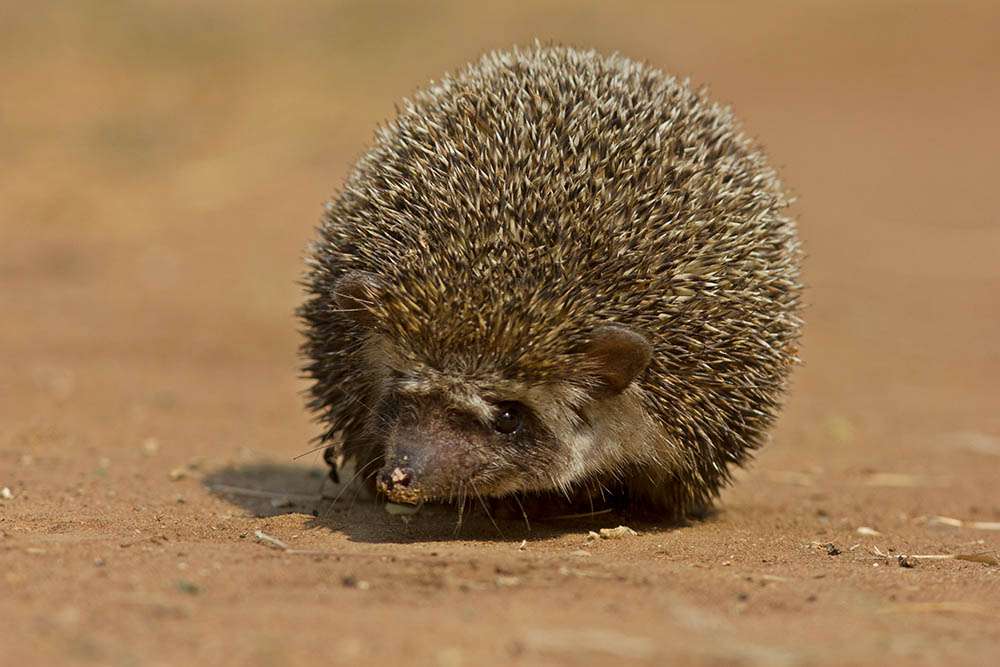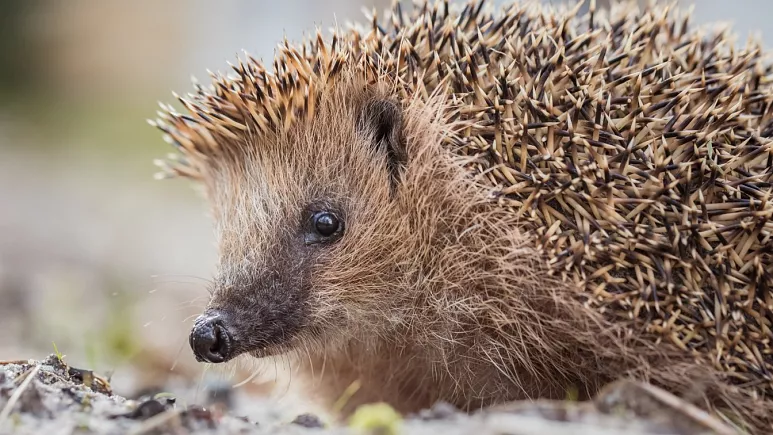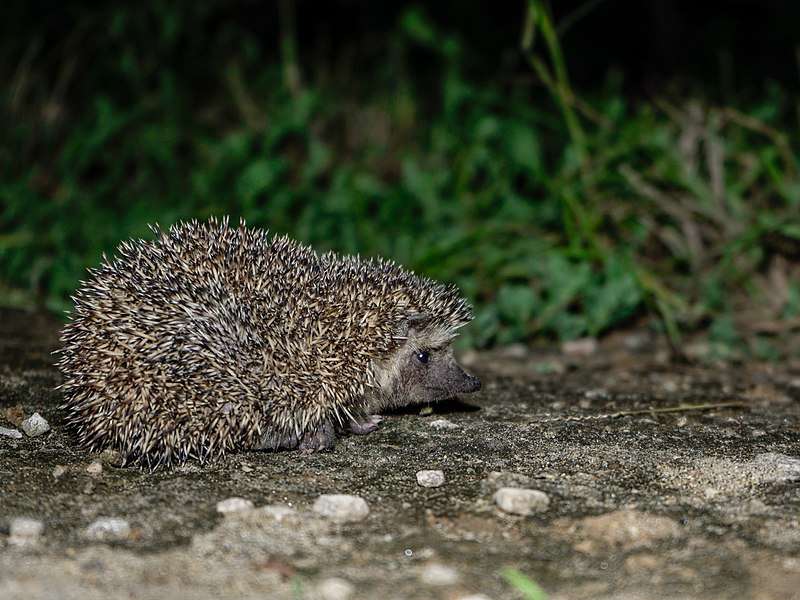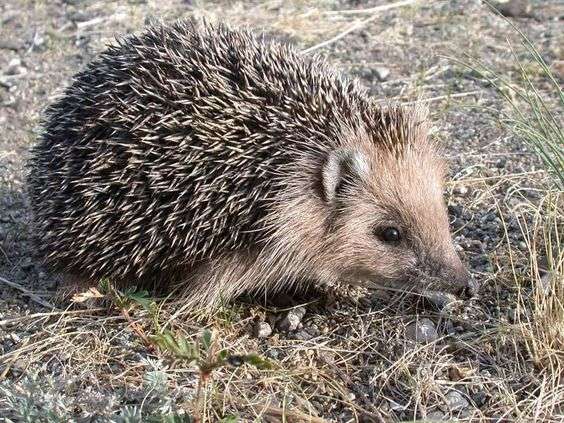
Description
Scientific Name: Paraechinus micropus
Lifespan: Not known
They are solitary beings that prefer to live their lives alone. Like other members of the Erinaceidae family, Indian hedgehogs are little and rounded, with a pointed nose and short legs. Dark legs, short claws, and dark feet are characteristics of Paraechinus micropus. The eyes are also well-developed, and the ears are big and slightly pointed. The species is distinguished by its large, spineless area on the scalp and its dark snout, which can take a variety of forms while still standing out against the rest of its light fur. White fur covers the sides and underbelly as well as the forehead. Despite the fact that albinism and melananism do exist, this colour is typical for the species.
Habitat
Paraechinus micropus, or Indian hedgehogs, are native to parts of Pakistan and India in the Oriental area. Indian hedgehogs like hot, dry climates, which are frequently deserts in their range.
Behavior
The Indian hedgehog lives by itself. Only one hedgehog resides in a burrow when it is living in the wild. These tiny organisms congregate during the mating season, and after mating is complete, the males part ways and stop participating in parenting. Since they have been maintained in captivity, these hedgehogs are more likely to interact and share burrows. They immediately curl up into a ball to defend themselves with their sharp spines, just like other hedgehog species do when they sense danger.
As Pet

Habitat
Indian hedgehogs are not kept as pets, thus their natural habitat is still there. These hedgehogs favour hot, dry climates with flora where they may dig their burrows. This flora is utilized to line their burrows and provide shelter from foxes and other predators, as well as to attract insects and other prey.
Feeding
Hedgehogs from India are quite good at seeking food. The majority of their diet consists of insects, tiny vertebrae, and even worms. Strangely, this type of hedgehog doesn’t eat any vegetation, thus they must get their water from outside sources. When food is scarce, these organisms have also been shown to lower their metabolic rate.
The Indian hedgehog eats its prey completely, even the bones. They can also crack eggs, allowing them to eat the ones that ground-nesting birds have left behind. This hedgehog has been reported to engage in cannibalism on babies soon after birth or if it comes across a sick or frail hedgehog in certain circumstances.
Table





